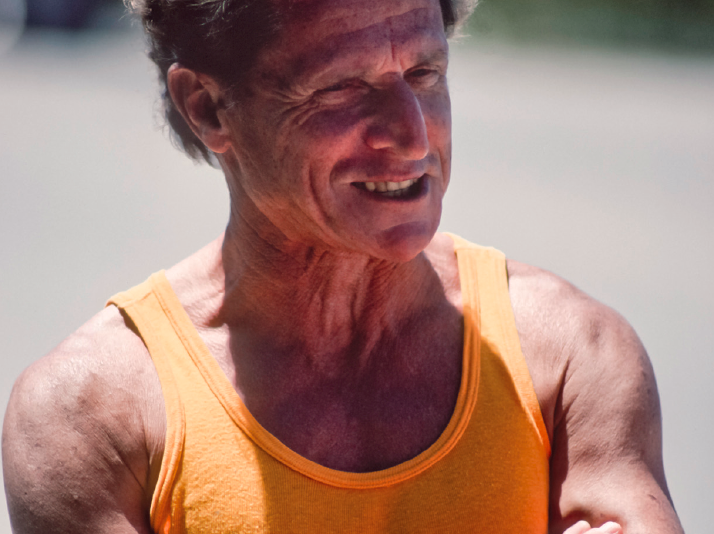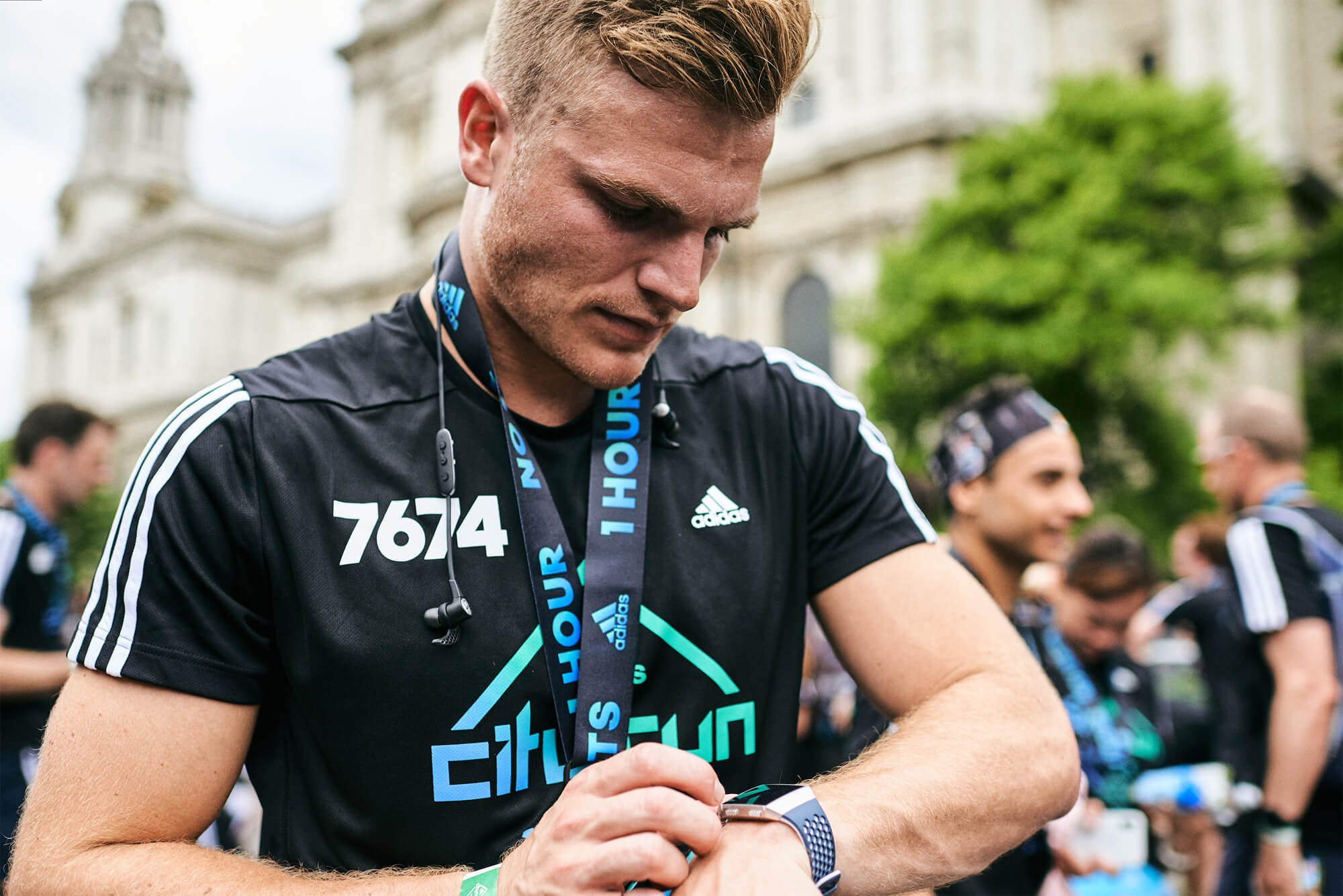
“It’s not the best athlete who wins, but the best prepared.” The mantra of legendary New Zealand running coach Arthur Lydiard, whose training methods are as relevant today as they were almost 60 years ago when he first sprang to prominence.
During the 1950s, Lydiard formulated a systematic approach to athletic conditioning that propelled New Zealand to the top of world middle distance and distance running and produced 17 Olympic medallists. Aside from his central claim to fame as the founder of what was to become the world-wide phenomenon of jogging, Lydiard’s logical and fundamental approach to conditioning still forms the foundation of many of the programmes top level athletes in sports as diverse as running, swimming, figure skating, cycling and American Football, use today.
Lydiard discovered running for sport when, unfit and middle-aged, he struggled to run five miles with a friend. For the next 10 years during the 1950s, he used himself as a guinea pig, experimenting with his training to formulate a system, perfected over the following decades, that would conquer the world. Central to his plan was periodisation – the importance of training in phases and peaking for races. For Lydiard, running to your potential was about having a substantial mileage base and not overdoing your anaerobic training. Most importantly, there were no shortcuts. It was a simple premise – the more mileage you got under your belt, the greater your stamina and aerobic capacity. Simple, but devastatingly effective.
According to Lydiard, any successful training programme must culminate in a goal, race or event, that means planning months in advance, and dividing your training into sections for base conditioning, hill training, speed development, sharpening and tapering. His programme is certainly not for the faint-hearted, but the principles are sound for runners of all abilities. So if you are serious about preparing for that 10K or half-marathon, start counting down those weeks with the Lydiard training system below.
Phase One (10 weeks)
Developing aerobic capacity
The first phase in the Lydiard programme, and the most important, is about building an aerobic base, the foundation on which you develop your distance running. The 10-week period is about getting miles under your belt, and as many of them as you can manage, in order to increase your aerobic endurance. The capacity you develop determines the success of your programme. As Lydiard explained: “The bigger the foundation, the bigger and higher the house can be built.”
He suggested starting out with out-and-back running to learn how to even your pace (10 minutes out, 10 minutes back) and increase the duration of the run every second or third day. The goal is to return in the same time or slightly faster. If it takes longer for the second half of the run, you have paced yourself too fast. ‘Train but don’t strain’ was another of Lydiard’s favourite sayings. The object of these runs is to be pleasantly tired – it’s likely your cardio will develop quicker than your poor old body, leading to injury, if you push yourself too hard, too soon.
An ideal training week during this phase, or marathon conditioning as Lydiard called it, would include two or three long runs, and shorter, easy runs in between. Start with times or distance you are comfortable with and gradually increase the length of the run until you can go for two hours without collapsing in a sweaty heap by the kerb.
Phase Two (4-6 weeks)
Hill circuit training/ leg speed
Hill training – tw0 words to strike fear into the heart of every runner, but a necessary evil to boost power and flexibility in your legs, improve your range of motion and start activating anaerobic metabolism.
Lydiard used three different exercises – steep hill running, hill bounding and hill springing – in order to produce a more economical running style. Ideally, you should find a hill with a flat 200 to 400 metre area for sprints, a 200-400m slope for bounding and a moderate downhill section for recovery. Failing that, you can work out on a treadmill, adjusting the incline for each section of the circuit.
Warm up for 15 minutes before bounding uphill with “a bouncing action and a slow forward progression”. The slower the forward movement, the more resistance will be felt. Once you reach the top, jog easily on the spot for three minutes before running downhill with a fast, relaxed, springy action. This will develop leg speed and also stretch the leg muscles. At the bottom of the hill, include several sprints, ranging from 50 to 400 metres. This marks the end of one complete circuit. Lydiard suggested including the sprint sections every 15 minutes, so that you don’t overdo the intense anaerobic training. Go through the circuit again until you have been working for an hour. Do this hill circuit three days a week with the alternate days used for leg speed running.
For leg speed training, Lydiard recommended 10 sprints of 120-150 metres on a flat surface at three-minute intervals. Run with a normal stride but try to move your legs as fast as possible. Warm down thoroughly afterwards for 15 minutes.
Phase Three (4 weeks)
Track (anaerobic) training
Lydiard described the anaerobic training phase as “the icing on the cake”, but it’s necessary if you want to race well. The objective is to develop big oxygen debts which stimulate the body’s metabolism to battle against fatigue.
Basically, during this phase it doesn’t matter how much you do or how quickly you do it, as long as you finish the session completely and utterly knackered. However, as a practical guide, Lydiard advises fast running for a total of about three miles or 5,000 metres, i.e 12 x 400m, 6 x 800m, 5 x 1000m etc with a recovery jog of an equal distance in between. Perform these sessions at the track or on flat ground three times per week for four weeks. Use the remaining four days for a long run, leg speed work and sprint training drills to develop strength, form and speed.
Phase Four (4 weeks)
Coordination
You have now developed all three elements of your running make-up (aerobic, anaerobic and speed), but that doesn’t mean you can race well. Phase four is about combining these three elements so that you can run distance efficiently and smoothly by simulating race situations.
Lydiard called this process, ‘sharpening’ – testing for your strengths and weaknesses as you prepare for your race. There are three workouts in this phase, as well as some speed work. The first is an anaerobic session done at a greater intensity but lower volume. Lydiard recommended five laps of a 400m track, sprinting 50 metres, then easing off for 50 metres – effectively interval training with 20 sprints. The workout sharpens your anaerobic capacity and gets you into racing shape without exhausting your body.
The second workout is a time trial at the distance which you are training for – so if you are preparing for a 10K race, run 10K. Ideally, it should be done on a track where you can record every lap to determine your weaknesses.
Add sprint training sessions and a leg speed workout (120m x 6, after warming up and exercising) on another day before completing the third workout at the end of the week, a long run, done at a nice relaxed pace.
Phase Five (1-2 weeks)
Freshening up
You cannot train hard and race well at the same time. According to Lydiard, the 10 days before your race is when you should be freshening up – reducing your training load while preparing mentally and physically for the competition ahead. The length of freshening up depends on the individual, so train every day but keep the faster running low in volume and the longer runs at an effortless pace. It is important to realise that you have trained for the race so you need to stay fresh and sharp. You can’t be race-ready if you’re still doing hard repetition training.






